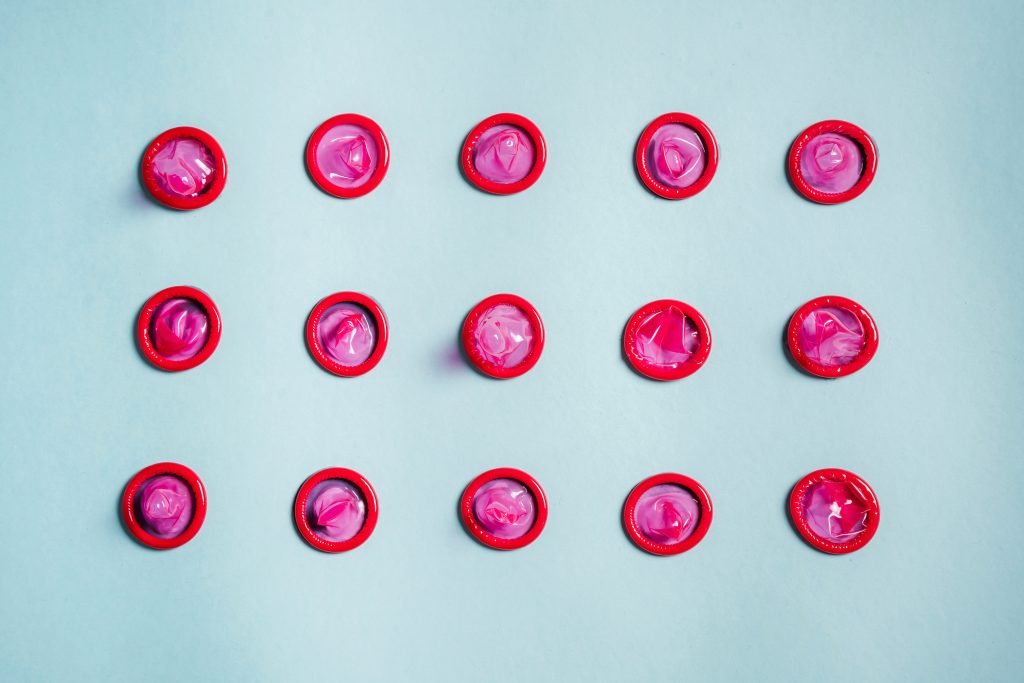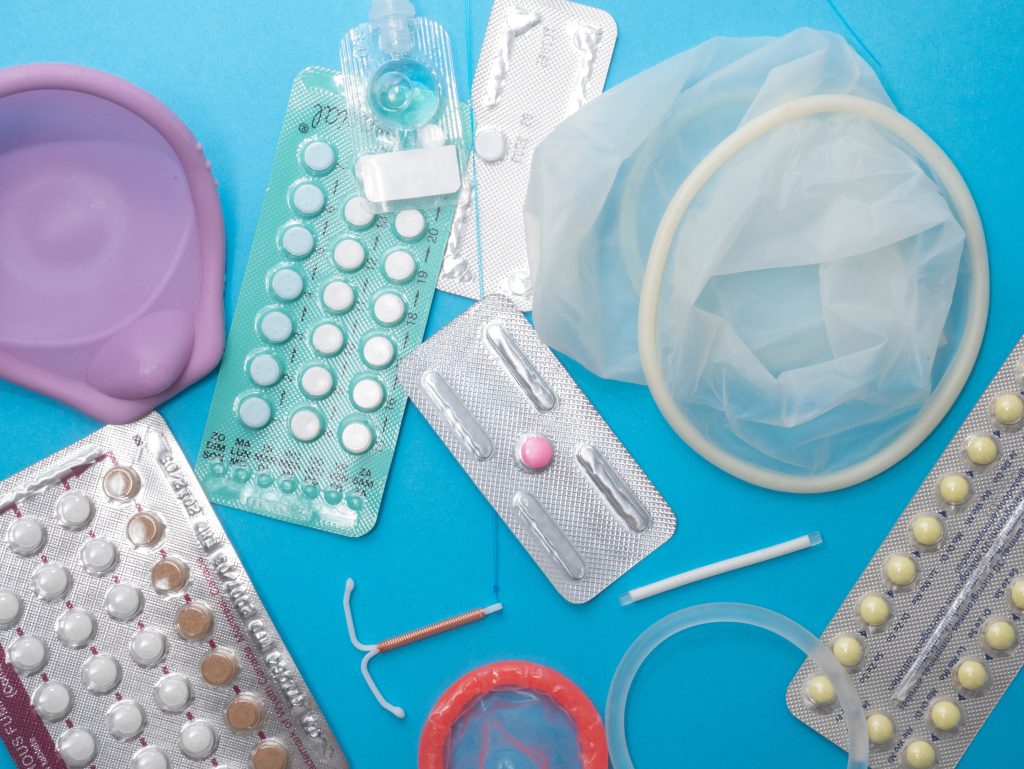More and more women are opting for long-term contraceptive methods, such as intrauterine devices (IUDs) and contraceptive implants over user-dependent methods such as the pill, according to an NHS report from September 2021.
Over the last ten years, long-acting reversible contraception (LARC) uptake has been increasing and uptake of user dependent methods has been decreasing.
LARCS include implants, IU (intrauterine) devices, IU systems and injectable contraceptives.
In 2020/21, 46% of women in contact with Sexual and Reproductive Health (SRH) services for contraception were using a LARC.
This is an increase from 37% in 2014/15. However, the figures in 2020/21 were unchanged from 2019/20.
An expert’s opinion
The increase in overall LARC uptake over the last 10 years has been driven by a rise in implants, IU systems and devices such as the coil.
The difference between IUS and IUDs are that IUS release the hormone progestogen to prevent pregnancy, whereas an IUD is made of copper.
As to why we can see this trend towards LARCS and away from methods such as the pill, Monica Karpinski, Founder and Editor of The Femedic, explained: “I think one reason for this is increasing awareness that there are more options, and that is because feminist and gender equality movements have become more mainstream; discussions about health needs and bodies have become more mainstream.
“From that there have been more discussions about these options being available and so naturally people choose ones that are more convenient for them.”
She added that because LARCS last for much longer and it is easier to have something you don’t think about for a long time than taking a pill every day, these methods appeal to more people.
Karpinski also suggests another reason for the choice: that there are non-hormonal LARC options available.
She said: “There has definitely been a shift away from hormonal options and I think that is because of a number of reasons.
“One is this is the development of the feminist and gender equality movement.
“People say ok, ‘we’ve been excluded from this for centuries, why isn’t there a better solution for us, why are you prescribing us something you made in the 60s and that have improved a bit but are kind of the same thing. Why aren’t there more options?’.”

To hormone, or not to hormone
Ellen Winter decided to move away from the pill to an IUS – the hormone coil – three years ago.
She said: “I was first on the pill but had weight gain, mood swings and remember feeling really overwhelmed by how it was making me feel.”
Winter went to the doctor about her symptoms, and they put her on the mini pill instead.
However, she bled continuously for three months.
After a year of bleeding almost every single day, she went back to the doctor and was given more options: implant, coil, copper coil or condoms.
“Out of all of them, the coil had the fewest hormones and seemed safest, which is why I chose it.
“The copper coil has no hormones, but the doctor said it can be slightly less effective if you haven’t had a baby.
“So, I chose the hormonal coil as the hormones stay localised in your uterus and have a tiny effect on your body.”
Winter’s experience is reflected by Karpinski: “Non-hormonal options is definitely an area people are focusing on because there is such a need for it.
“So many people have a story about the pill, and that’s just how it is.
“I know less people who have had no symptoms from the pill than who have had them.”
Jennifer MacKay, a doctor in Brighton, moved away from the pill to the coil for similar reasons.
She said: “I was on the pill for a year or two. I think it was about the time I was in medical school I started to become more aware of the side effects associated with taking the pill.
“Not just immediate things – like tender breasts and feeling hormonal – but longer-term effects like the breast cancer risk and risk of blood clots.”
MacKay added that she also suffered from a migraine when aged 15, which no one had asked about when being prescribed the pill, despite indicating a very high risk of suffering a stroke when on the pill.
She said: “The crux came when I had a migraine again and my vision went and I thought ‘that is it, I shouldn’t be on the pill anymore’.”

Better the devil you know
The pill still works for many people.
Karpinski herself uses the pill for contraception over an IUS or IUD: “When I first started taking it, I had such limited knowledge of what the options were that the idea of having something inserted inside me was scary, so I just didn’t do it, I didn’t think about it for years.
“And then later, when I became more informed, I had been taking the pill for so long it’s kind of like, better the devil you know.
“That bartering thing, I know what I can expect from the pill, and I can function, and do I want to risk that for something else? And that is the only reason why I don’t have it.”
But MacKay’s experience does highlight another possible reason for the move away from user-dependent methods towards LARCS: better and more accessible education.
Karpinski said: “Of course, everything feeds into each other. As there’s more info in the mainstream, people become more informed and have different opinions.
“Also, femtech has exploded and health solutions now are mainstream; every single health brand are producing good content – educated, with the right citations – and hiring doctors to help them, which is great.
“Obviously, they’re still selling products, but they’ve got correct information on the website which I’m really happy about.
“It all feeds in more and more. You get more robust solutions; you get informed people wanting more robust solutions.
“And now we’re in the fourth wave where we have lots of solutions that are focussed specifically on hormones themselves.
“Discussions about the pill and hormones was just one discussion, but now there are discussions about hormones on their own.”
Women’s health is changing. Take the IUB Ballerine currently being trialled in the US.
An intrauterine device, but one that is one third to half the size of traditional IUDs and can be easily inserted.
More and more contraceptive solutions are surfacing.
For now, let us watch this space and continue to make the right choices for our own bodies.




